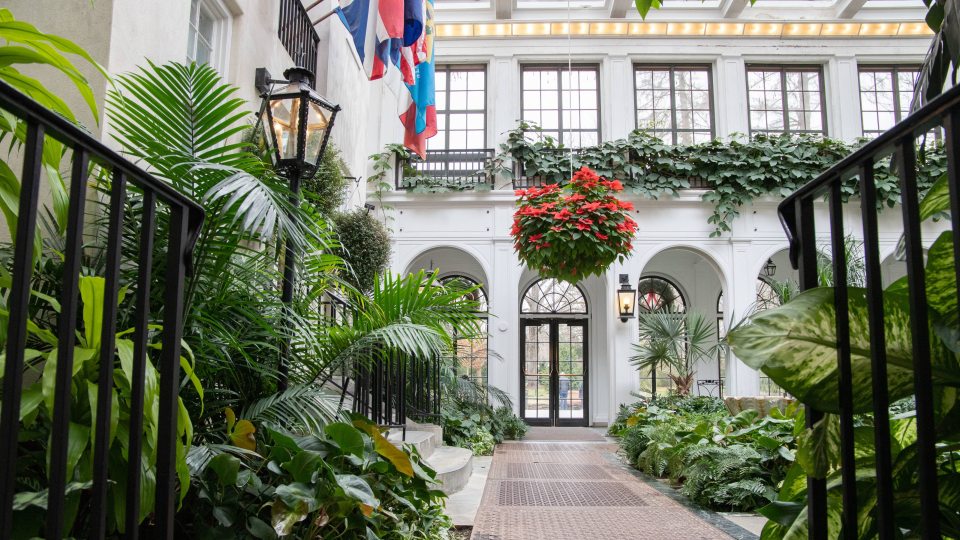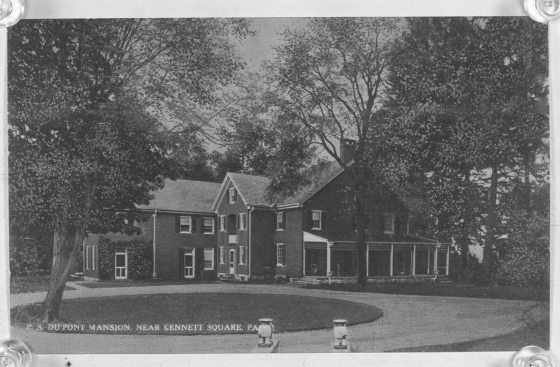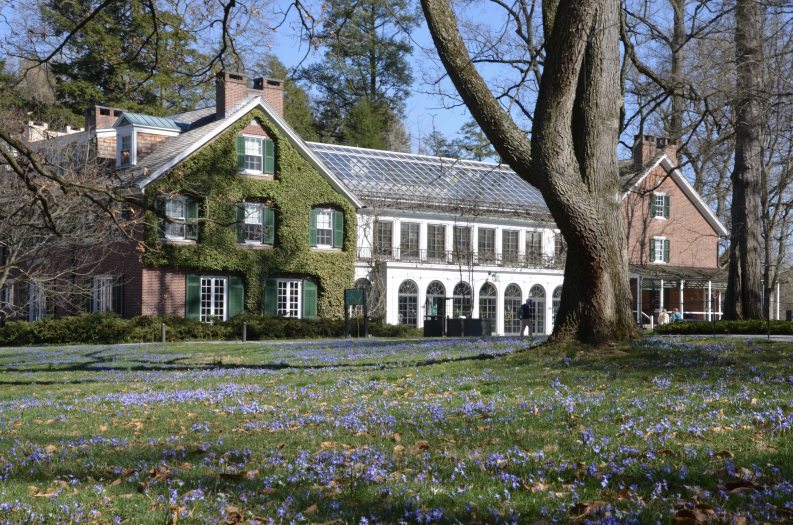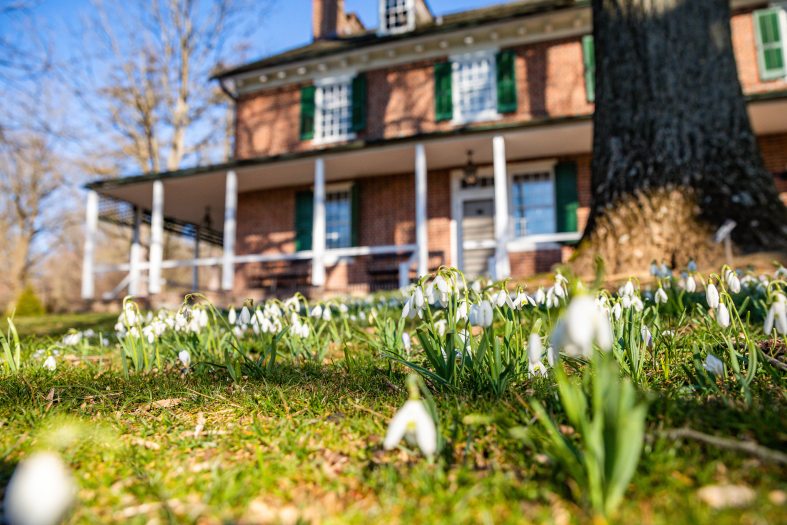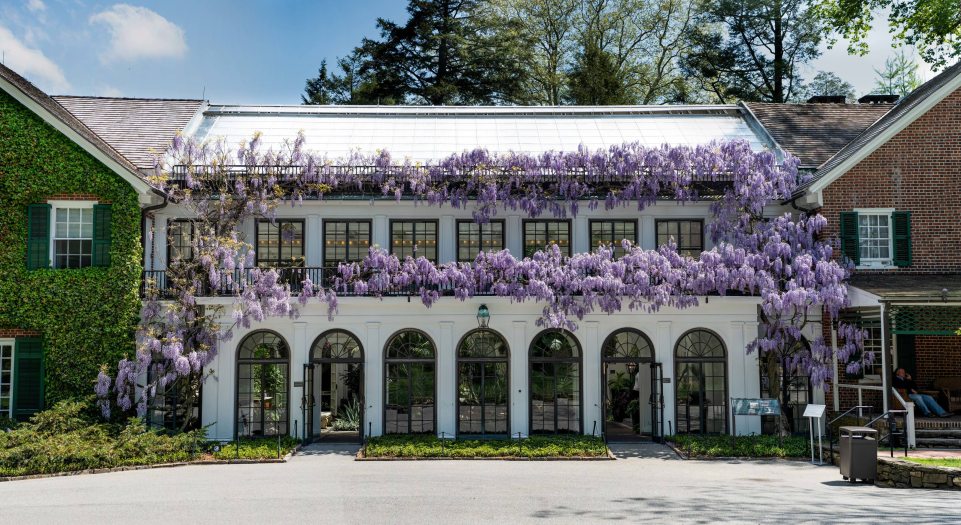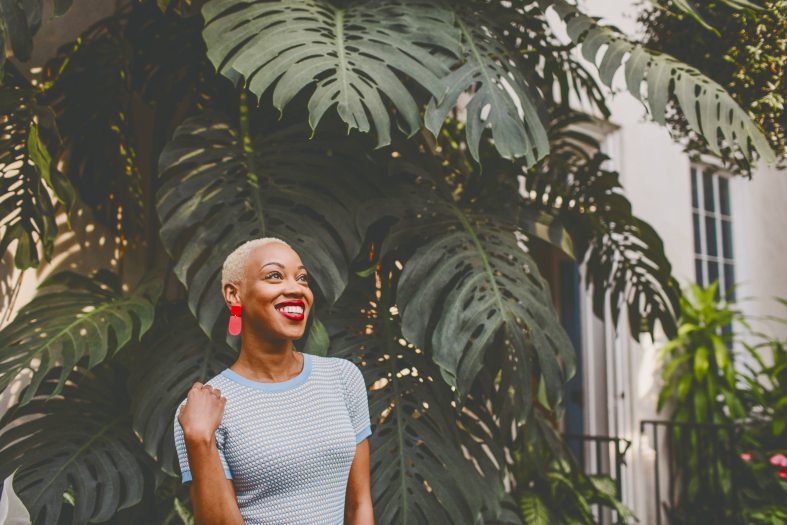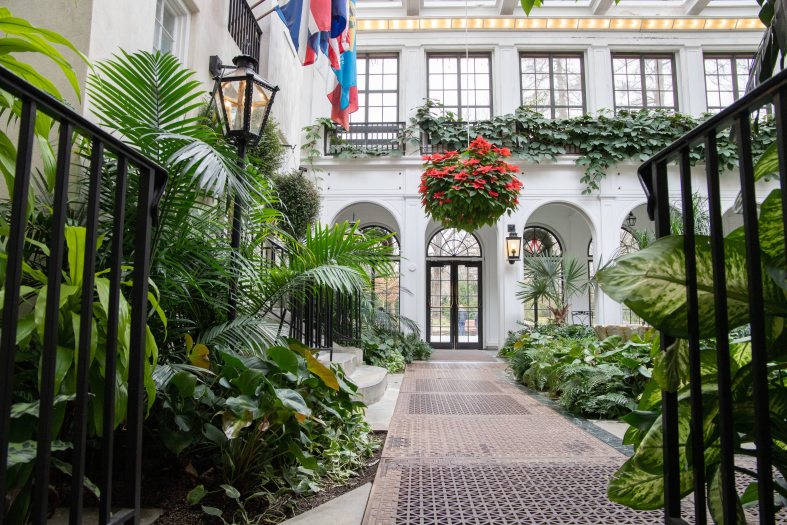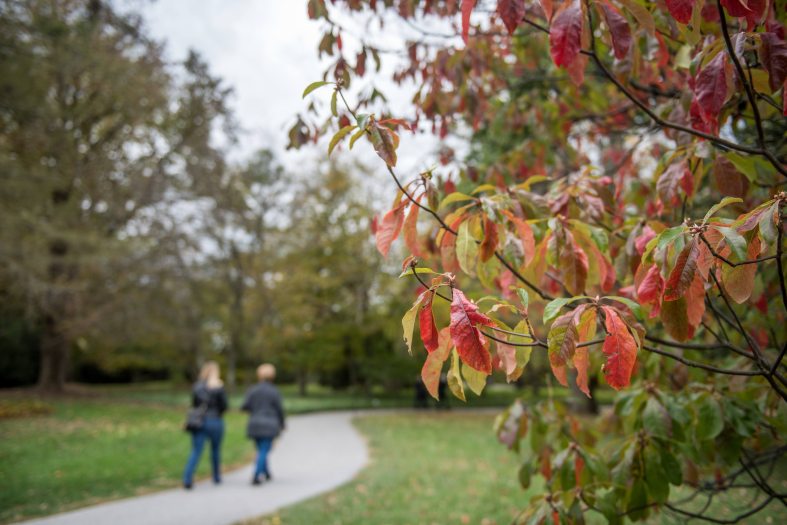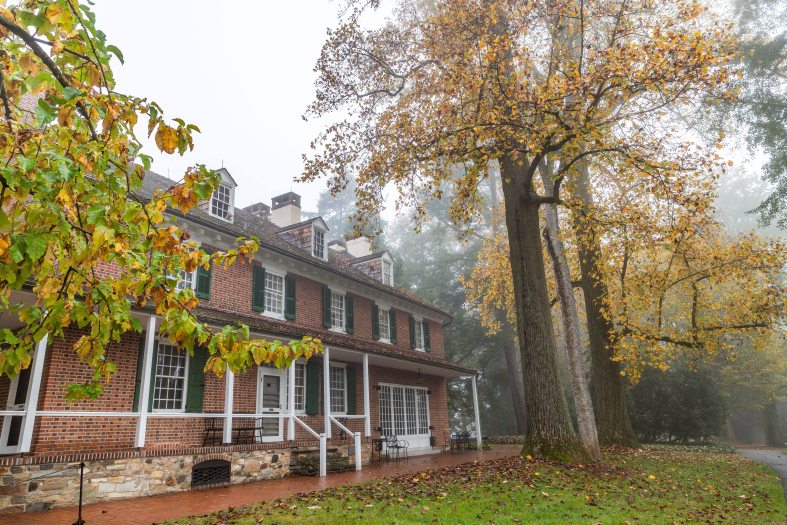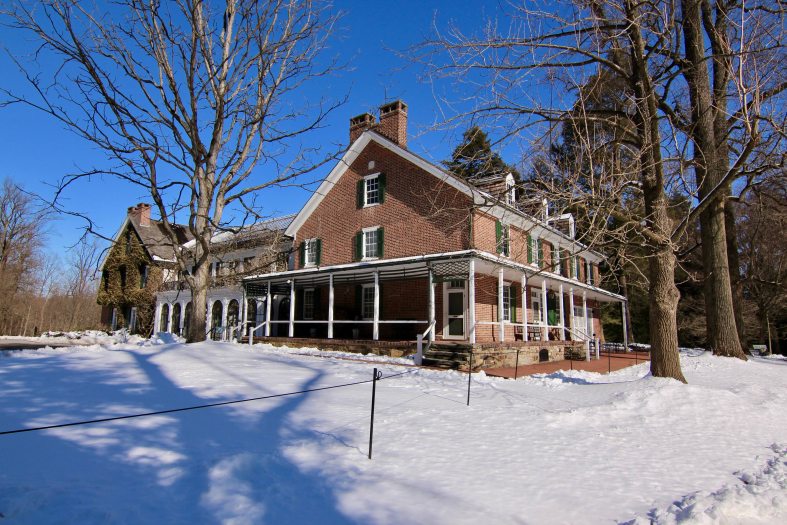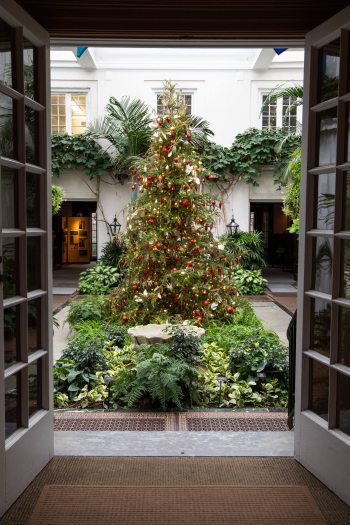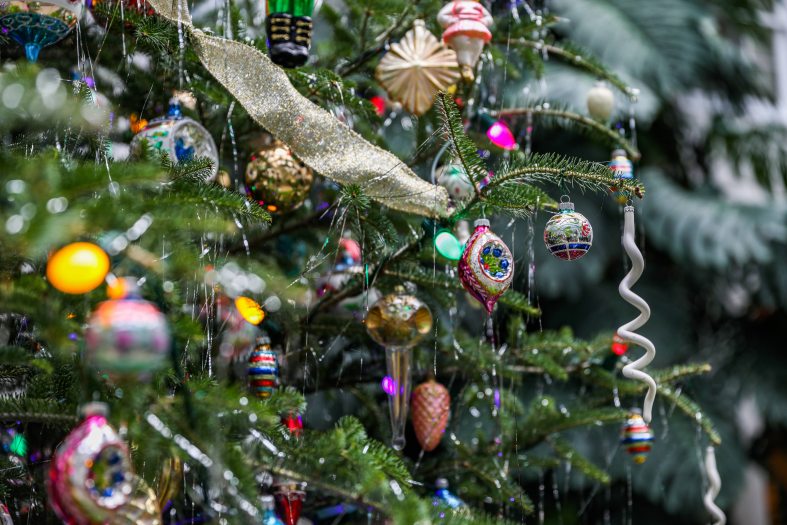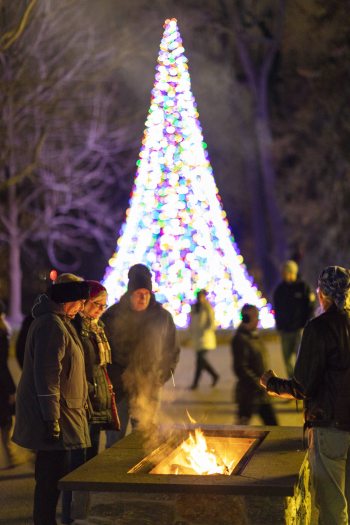History lovers rejoice, as you can step back in time for a glimpse into the lives of the du Ponts and the Peirce family at one of the oldest buildings at Longwood. If you had any doubts about founder Pierre S. du Pont’s (1870-1954) passion for plants, consider his addition of a conservatory to his home—Longwood's first conservatory, and Pierre's way of beating the winter blues. Today it houses an impressive collection of tropical specimens and a Monstera deliciosa vine that’s been there since the mid-1900s.
About This Home
Centrally located within Longwood, the Peirce-du Pont House can be seen as an anchor—the home base for two very important stewards of this region’s land (and the evolution of the Brandywine Valley). As you tour the residence, enjoy the Heritage Exhibit, covering 300 years of history and horticulture at Longwood. Short videos, photographs, artifacts, and some of the original plans for the early days of Longwood are here, with many spaces to sit and take it all in. The gardens that surround the home provide shaded benches for resting, along with proximity to the stunning trees of Peirce’s Park just east of the house. Springtime brings a sea of flowering bulbs on the nearby lawns and the fragrant allure of wisteria. Come late summer and fall, look for the blooms of the Franklin tree. If you’re taking a break from the sun, or you’re craving a getaway on a chillier day, the warmth of the airy, sunlit conservatory is a great place to consider the earliest beginnings of Longwood.
